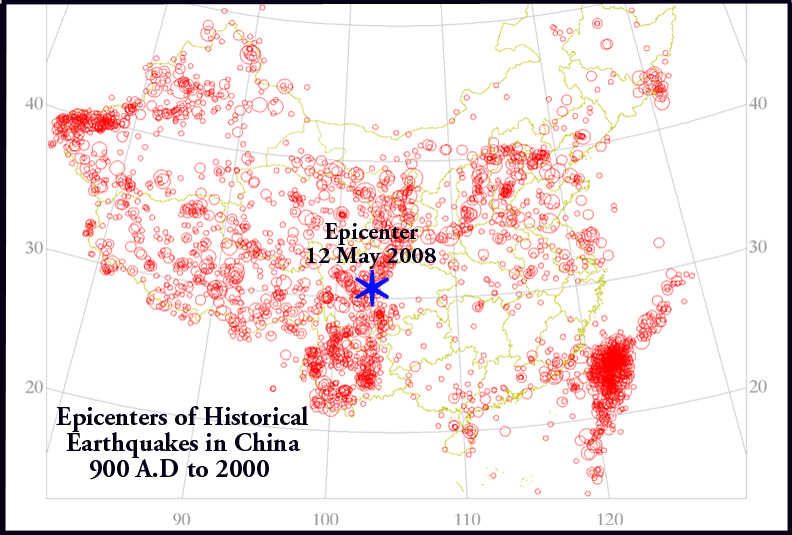Been reading about Mt Vesuvius. Not a good book, more like a list of all the people who have ever visited the volcano.
I hadn’t realised. Mt Vesuvius is now essentially a suburb of Naples. The outer suburbs of Naples completely and literally circle Mt Vesuvius. No matter which way Vesuvius decides to erupt, thousands of people are going to die. It’s almost an inner suburb because the outer suburb Nocera Inferiore on the far side of Mt Vesuvius is twice as far from Naples City centre as the summit of Mt Vesuvius is. Urban life approaches to only 3 km from the summit, and is no more than 5 km away in every direction. Pompeii (now a suburb) is 10.4 km from the summit. During the eruption that destroyed Pompeii, even Miseno, 30 km away in the opposite direction, had to be evacuated. A 30 km radius around Mt Vesuvius includes ALL of Naples. Although the last major eruptions were in 1906, 1929 and 1944, even I had the opportunity of seeing a small eruption of Vesuvius in Jan 1981 (give or take a month).
Is this the worst example of urban planning in the world?


